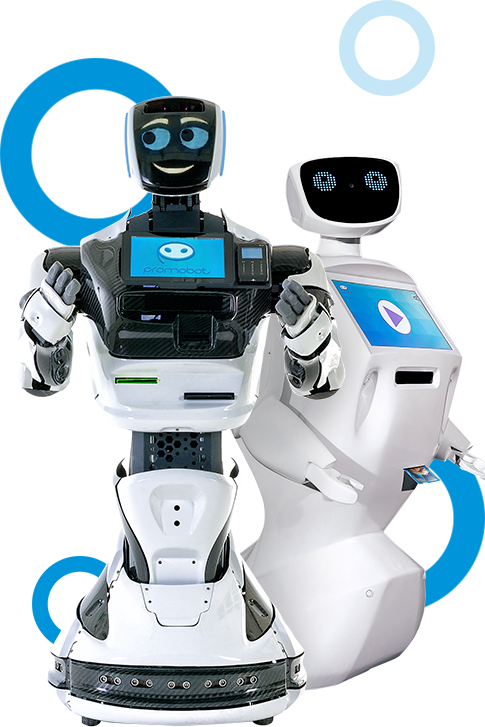We often say that robotics is the future. Despite the development of robotic technologies, there are still many questions. How near is the robotic future, or has it already arrived? In the upcoming series of blog posts that will be dedicated to the subject of robotics, we will endeavor to delve into the complex and pressing inquiries surrounding the potential danger of robots to humankind, as well as the direction in which emerging technologies and artificial intelligence will lead us. We will talk about the history and applications of robots, their fundamental components and technology, trends and projections, major concerns, and educational opportunities.
About company:
Promobot is a developer and manufacturer of robotic solutions. We strive to create multifunctional products for business, education, medicine and industry. Today more than 700 robots work in 45 countries around the world, ranging from the USA to Kuwait. Our products can be found in subways, airports, shopping malls and other crowded places all over the globe.
To begin with basic concepts
Robotics is a field at the intersection of engineering, computer science and artificial intelligence. In the modern world, the word ‘robot’ conjures up a variety of connotations: from machines capable of performing complex operations in large-scale production facilities and familiar robotic assistants to fictional droids from science fiction movies. However, what does this word really mean, and what function does it play today? Let’s find out together.
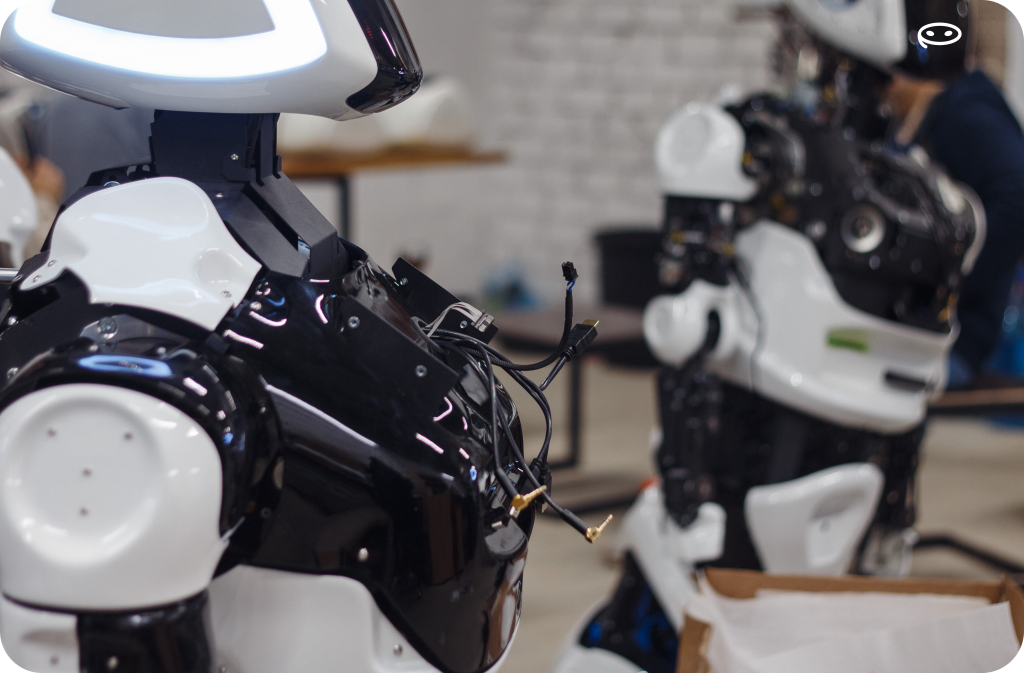
Let us focus on the definition of the International Federation of Robotics (International Federation of Robotics, hereinafter – IFR): “A robot is a working mechanism programmed in several axes with a certain degree of autonomy and capable of moving within a certain environment, performing the assigned tasks”. As per the definition, robots possess the ability to move independently within their surroundings and adjust to specific tasks and circumstances. If three requirements are satisfied at once, a device can be referred to as a robot: it must be able to see its surroundings, decipher messages from the outside world, and act upon the real world.Today, developers have succeeded in creating robots that can fulfill all 3 conditions.
Conditioning Scheme:
01.Sense: the robot has the ability to perceive the outside world using sensors, microphones and cameras
02.Think: the robot has the ability to understand signals from the outside world, build and adapt behaviors and make decisions
03.Act: The robot has the ability to influence the physical world in any productive way.
History of robotics
In the 21st century, robots are able to move autonomously, maintain dialog, and take on routine, complex, and dangerous tasks, but it wasn’t always this way. The path to modern robotics began in ancient times. According to sources, Leonardo Da Vinci created the first designs of a humanoid robot in the 15th century, and during the Industrial Revolution, the number of robots designed to automate chores grew dramatically.
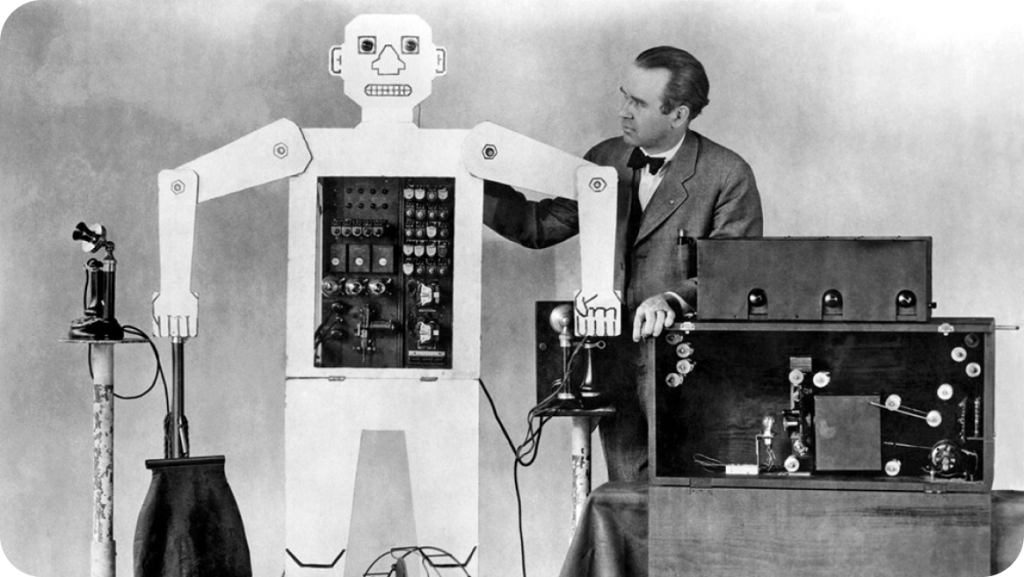
In the 20th century, the first serious research and development in the field of robotics began to appear. This was a landmark period for robot development, as engineers and scientists began to actively explore the possibilities of creating machines that could autonomously perform various tasks. The first robots were primitive compared to modern developments, but it was then that the foundations for the subsequent development of robotics were laid.
The last century formed the basic rules and laws of robotics: in 1942, science fiction author Isaac Asimov described the 3 laws of robotics in the story “The Round Dance”:
- A robot cannot harm a human being or, by its inaction, allow a human being to be harmed.
- A robot must obey orders given to it by humans, unless such orders contradict the First Law.
- A robot must defend its existence as long as such defense does not contradict the First or Second Law.
Now on the market there are robots that can be integrated into absolutely different processes: cobots for optimizing production, logistics and medical robots, service robots to assist humans. In addition, robots fully copy human appearance, facial expressions and gestures.
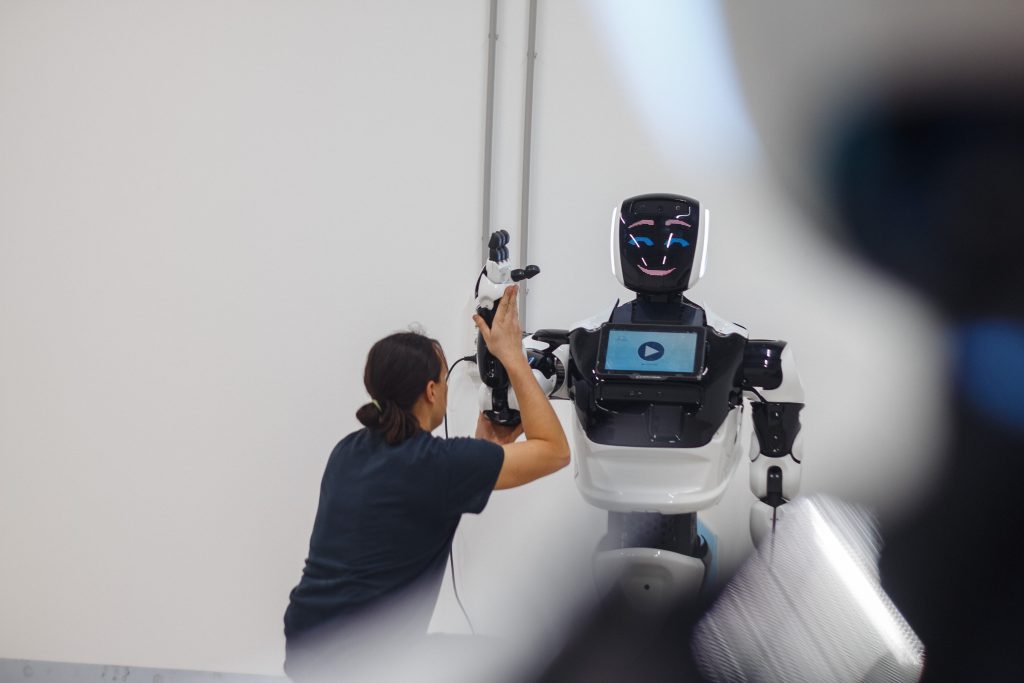
At the beginning of the 21st century, the capabilities and applications of robots have expanded rapidly due to technological advances: more sensitive sensors, greater computing power and artificial intelligence. Robots are no longer limited to the industrial sphere. They are penetrating various aspects of everyday life: services, medicine, and education.
The trajectory of robotics is difficult to predict, but we are on the cusp of a new era where robots will be capable of making complex decisions and are likely to play an even more significant role in our lives, both at work and at home. As this field grows and develops, we can expect to see even more innovative and sophisticated robotic technologies in the future.
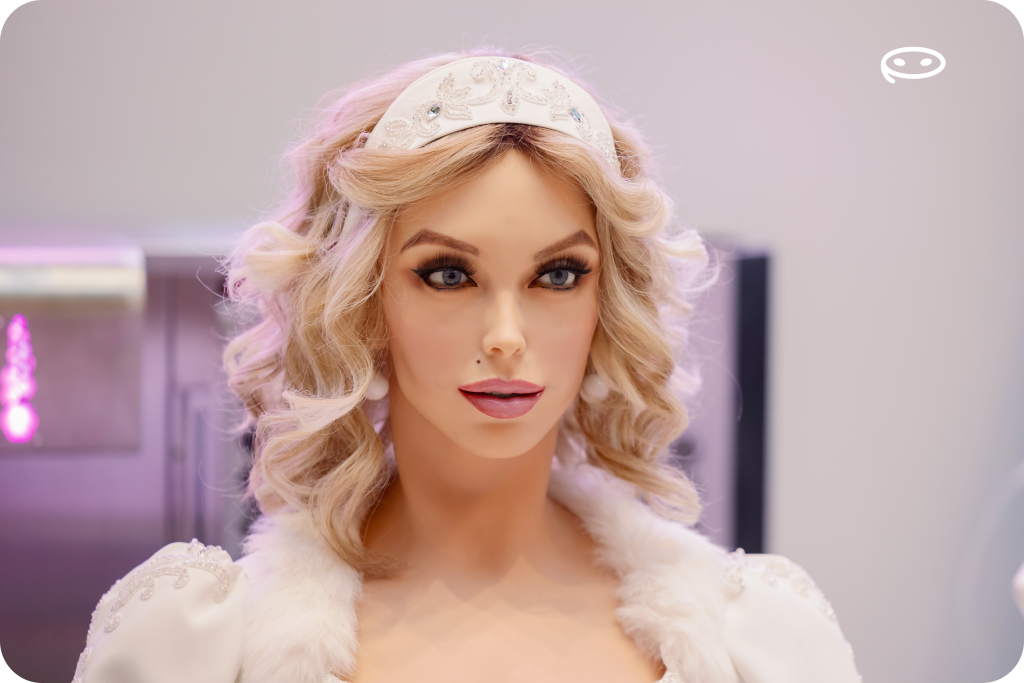
Robotics is an exciting and promising technological field of science that is changing our world for the better. Studying robots helps us better understand ourselves and the technology we create. We hope this introduction has helped you understand a little about the world of robotics and immerse yourself in this fascinating field of study.
To not miss new articles, subscribe to our blog, there’s lots more to come!

